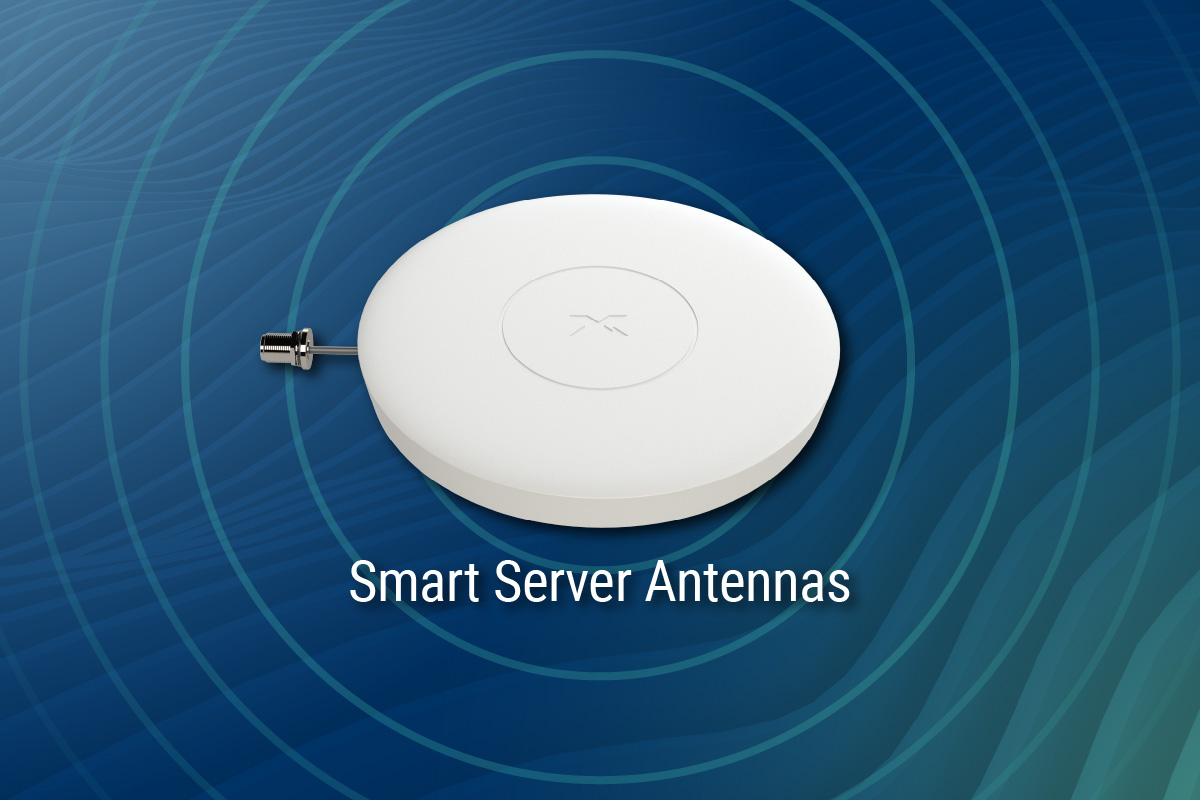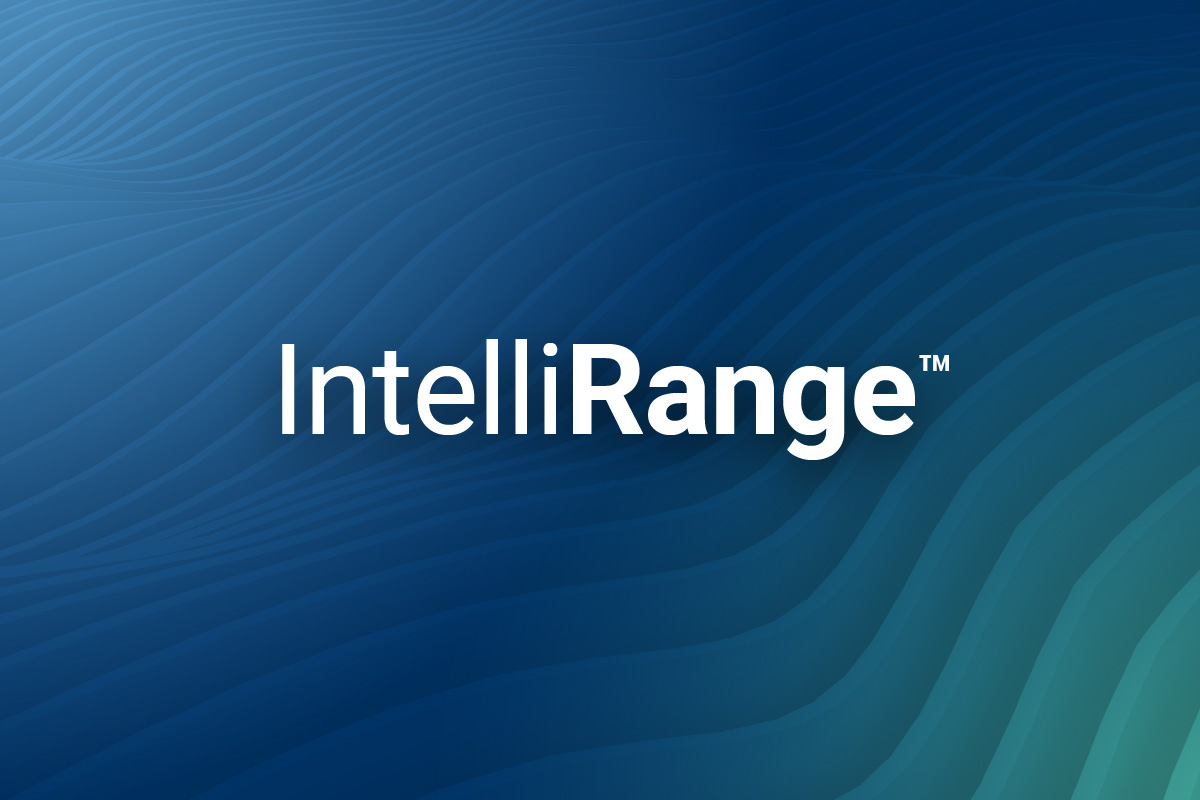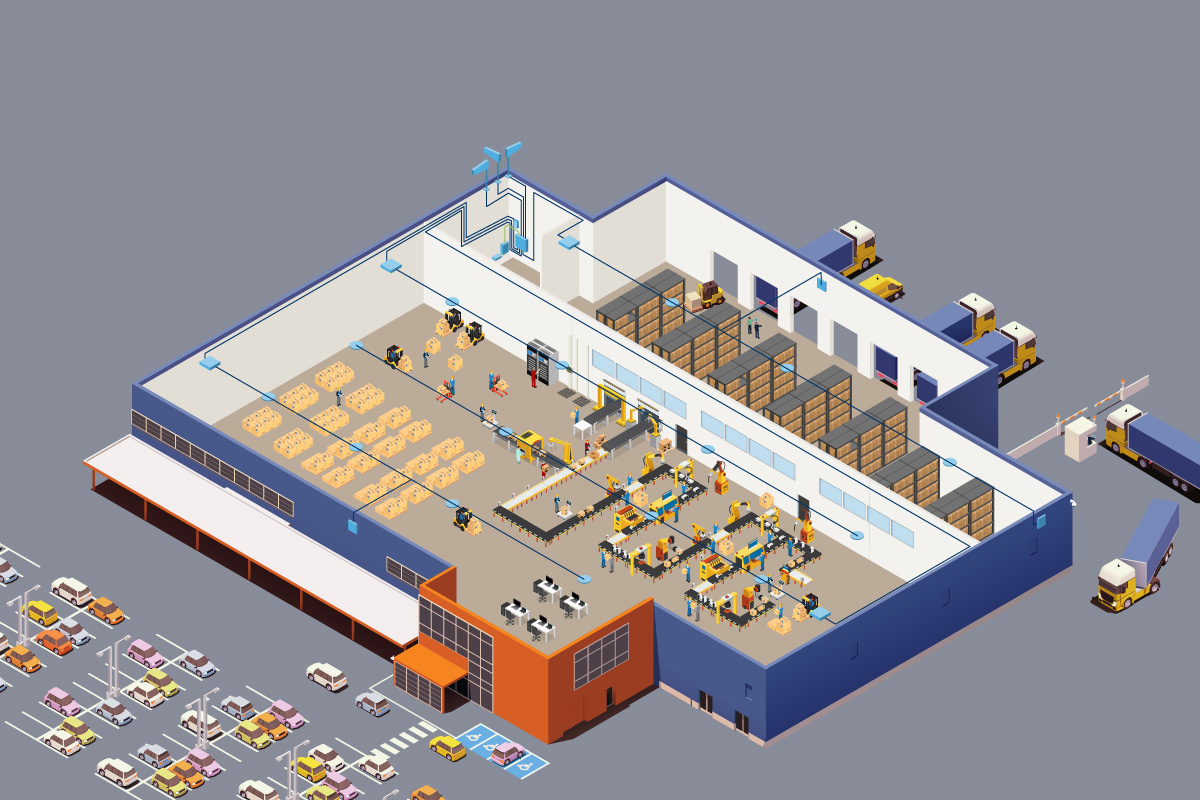Enterprise-grade coverage for middleprise buildings: An up-and-coming business opportunity for the mobile repeater market
“Traditional DAS is often too large and too expensive for the needs and budgets of middleprise facilities, it is essential to propose a solution designed specifically for this market,” explains Colin Abrey of Nextivity
Tier one buildings such as airports, convention centers, large public venues and shopping malls have always been well-catered for when it comes to procuring an inbuilding wireless coverage system. They’re the bread and butter of the large-scale systems integrators, plus the MNOs have vested interests in large, high footfall buildings. Distributed antenna systems (DAS) are the only viable option for these types of installs, which not only require significant Capex, deployment times are typically 12 months plus. Even though projects of this nature offer lucrative long-term business opportunities for those integrators commissioned to fulfil requirements, there is only a finite number of properties this large, the business model is low-volume-high value, which raises the question about generating revenue in the meantime.
To bridge the gap a number of system integrators are venturing into the less saturated, but much larger, mid-range building market; in other words, commercial and mixed-use properties between 5,000 and 50,000 sqm. They cover a range of property types, from serviced offices, business parks and residential properties to hospitals, hotels, and retail stores and more importantly, they’re the backbone of the UK economy.
Small buildings face the same connectivity challenges as large public venues
Just like the larger venues, these smaller scale facilities face the same mobile connectivity challenges because their design architectures and facades hamper the penetration of mobile phone signals, particularly those used for 4G and 5G. And the further inside a building you go the worse the situation becomes. Coverage is particularly challenging in stairwells, internal corridors/offices, or subterranean locations which is where comms rooms are often situated.
Unfortunately, these smaller venues are less appealing to the MNOs, and many of the large-scale integrators are unable to cost-effectively cater for the smaller-scale install projects. Overcoming the mobile coverage quandary therefore becomes the responsibility of the building owner/manager. DAS installs, which involve taking a signal source directly from the mobile station and propagating said signal throughout the facility via coax or fiber cabling, are a non-starter for most because of the inevitable expense, operator involvement and long deployment times.
A poorly installed mobile repeater system makes a bad situation worse
These rollout limitations, combined with businesses increasingly switching to flexible working and relocating to smaller premises are shrinking the classical DAS market, with building owners and facilities managers increasingly turning to mobile signal boosting systems as the preferred option for economic and financial reasons. The rules pertaining to the use of such systems have now been relaxed by Ofcom, the UK regulator, making them even more appealing. That said, improving the mobile coverage situation in a building with 200 people plus, isn’t as straightforward as it might appear on the surface. A number of factors must be taken into account, including the building location, the outdoor network, number of users requiring connectivity, for what purpose(s), capacity, service(s) being improved etc, and if these considerations are not carefully thought through, standalone mobile repeaters randomly installed in different parts of the building may not only make a bad indoor situation even worse, they will also impact the external network, which can have serious repercussions. These larger buildings require a system that delivers “DAS like” benefits without the associated long lead-times or high costs.
This is how CEL-FI QUATRA came about. Developed specifically to meet the needs of this middle market, it’s a multi-band hybrid active DAS that is fully digital, approved by many MNOs around the world and is guaranteed network safe. It can be deployed with an off-air donor signal or connected to a small cell to create a distributed small cell network called a supercell. Moreover, installs can be accomplished in just days by certified installers versus months at a fraction of the cost of conventional DAS.
Better connectivity for Storey
One such company that’s made the switch from DAS to mobile repeaters is serviced office provider, Storey. With properties across London, the company had historically relied on DAS to overcome connectivity issues in their different facilities. For their newest property situated in the heart of London, however they opted to go down the mobile repeater route.
“Despite the building’s central location, the sustainable building materials used in construction blocked the mobile signals in some internal areas.” Explained Paul Rush of ZoneWave, the integrator selected to deploy the coverage solution supplied by Frequency Telecom, “A detailed survey confirmed that the outdoor signal was sufficiently strong to power a mobile repeater system and CEL-FI QUATRA was selected as the best fit solution. Not only does it provide the levels of coverage needed for the different MNOs, its cloud capabilities mean the system can be remotely monitored. Since deployment, mobile coverage in the building has vastly improved across all networks, especially in areas where the signal was previously poor. Tenants and other users of the building can now use their phones wherever they are in the building, not just their own office space, confident in the knowledge that they won’t lose connectivity.”
Traditional DAS networks are still the system of choice in tier one facilities, but they are becoming less and less viable for facilities under 100,000 sqm, along with those having lower footfall, such as warehousing and manufacturing. Moreover, the pandemic has forced smaller building owners to rethink their leasing and procurement strategies in line with market expectations and mobile connectivity plays a key role, not only for commercial cellular but also for public safety communications. Smaller commercial building owners need an easy means to deliver reliable mobile coverage to tenants and occupants and Hybrid DAS is perfectly suited to fill this middle ground.
A version of this article was originally published by Technology Reseller Magazine.




